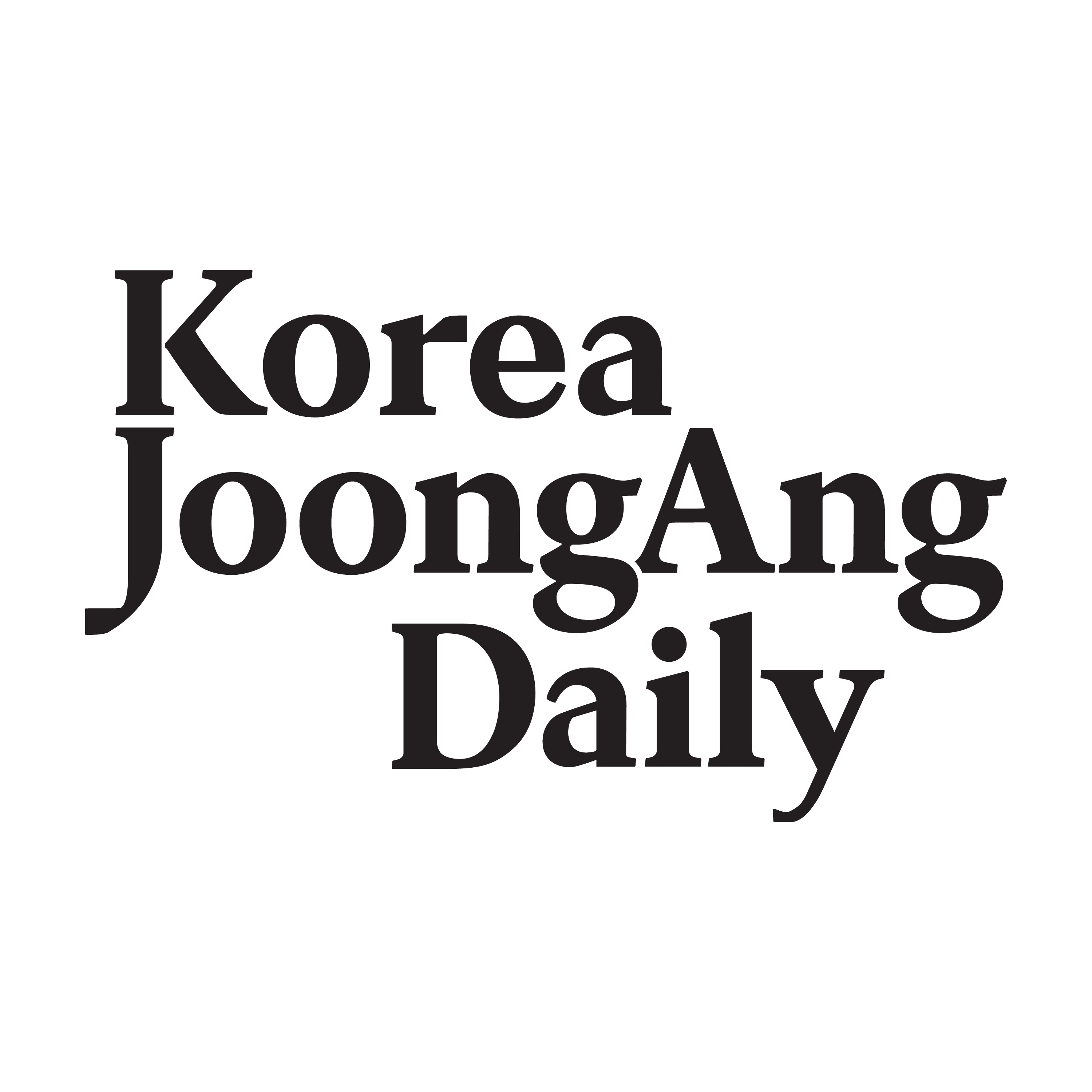Listen "Regional cities find recipe for tourism success with food festivals"
Episode Synopsis
This article is by Woo Ji-won and read by an artificial voice.
GUMI, North Gyeongsang - If you could try a ramyeon chili burrito, a hanwoo (Korean beef) intestine yaki ramyeon or even grilled samgyeopsal (pork belly) cream ramyeon, would you travel across the country for it? Droves of people did - with 350,000 flocking to this year's Gumi Ramyun Festival in North Gyeongsang to taste one-of-a-kind creations.
The number is nearly double last year's crowd of 170,000, and more than half a million bowls of noodles were sold during the three-day festival, which ended on Nov. 9, generating 1 billion won ($720,000) in sales.
The event is the latest eddition in a series of regional food-based attractions that drew unprecedented attention this year. The Gimcheon Gimbap Festival in Gimcheon, North Gyeongsang, in October saw 150,000 visitors - 50,000 more than the previous year and 15,000 more than Gimcheon's population of 135,000. The Jeonju Bibimbap Festival in Jeongju, North Jeolla, also proved successful, attracting 100,000 visitors.
Korea's tourism industry has been seeing continued growth, but it has been overwhelmingly concentrated in the capital area.
Over 623 million nonlocals visited Seoul as of Nov. 11, while other provinces, including the Gyeongsang, Jeolla and Chungcheong regions, recorded figures only in the 100 million range, according to Datalab. A similar pattern appears among foreign tourists. Of the 10.56 million international visitors who came to Korea from January to July this year, more than 8.28 million, 78 percent, stayed in the capital, according to the Seoul Metropolitan Government.
Still, the central government is making continuous efforts to spread regional tourism beyond the capital - and regional food festivals are serving as a key strategy.
How Gumi leveled up its ramyeon festival
Just outside Gumi Station on Nov. 7 stood a striking red archway adorned with giant noodle packet sculptures, under which a diverse range of visitors - couples, families and even dogs in strollers - passed through to enter the Gumi Ramyun Festival.
These inventive dishes were created by local restaurant chefs selected among 62 contestants through written and cooking tests. The chefs also received consultations to develop new recipes using freshly fried ramyeon noodles supplied on the day from the Gumi factory of Nongshim, the instant noodle powerhouse behind the popular Shin Ramyun line and the sponsor of the festival.
By 3 p.m., orders were pouring in at many booths, and some menu items had already sold out. The 9,000 won LA Galbi Jjajang Ramyun had a 45-order waitlist. "We've sold 370 so far since opening at 11 a.m.," said a staff member at the LA Galbi Jjajang's booth. "There are still 50 more to make." Another popular item, the Hanwoo Intestine Yaki Ramyun, sold 602 bowls by 3:20 p.m.
Perhaps key to this year's success was the organizers' efforts to improve on last year's festival. Those efforts appeared to pay off. For many visitors, the improvements were easy to notice.
"I came last year too, but this year's festival is much better," said Choi Jin-soo, who attended with three friends. "They even have water this time. I couldn't drink any last year because none was provided," praising the addition of a hydration station this year.
"The menu has become much more diverse, too," said the university student, who had an eel ramyeon.
Festivalgoer Lee Seung-hyeon, who came from Gimcheon with her sister, also said this year's event was "so much better," largely thanks to the deployment of self-order kiosks. "Last year, we had to wait in line."
Kiosks and QR codes were newly introduced this year, allowing customers to order in advance and receive KakaoTalk alerts when their food was ready.
To make the festival more family-friendly, organizers added the Bubble Playground at the rear plaza - a rest and play area where children could enjoy games and engage in activities while parents rested.
While the improvements certainly helped...
More episodes of the podcast Korea JoongAng Daily - Daily News from Korea
Takht-i-Bahi, the homeland of Buddhist art
17/11/2025
An era of loneliness we can no longer ignore
17/11/2025
Samsung, Hyundai to invest $400B at home as Korea-U.S. trade deal sparks outflow concerns
16/11/2025
 ZARZA We are Zarza, the prestigious firm behind major projects in information technology.
ZARZA We are Zarza, the prestigious firm behind major projects in information technology.
